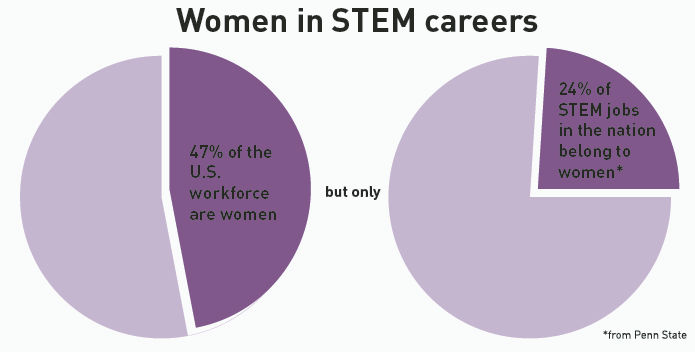Business-funded research raises questions for faculty
January 31, 2000
Although most ISU faculty research is funded by the government, a substantial amount is paid for privately, and some faculty members consider this to have both advantages and drawbacks.
The overall sponsored funding award for fiscal year 1999 was $199.2 million, and, of that, $32.5 million was classified as either business or commodity research, said Sonja Klocker, assistant to the vice provost.
Colin Scanes, associate dean of agriculture, said about 50 percent of research money comes from the state, and about 25 percent to 30 percent comes from the federal government.
He said the kinds of faculty research backed by companies vary. Some examples include fertilizer testing, pig genetics and compounds testing for controlling animal waste odor.
Scanes said a substantial amount of research is also financed by farmer check-off dollars. This is when hogs, corn or soybeans are sold, and a small percentage of that sale goes toward research. This generates around $6 million a year.
“That funds a lot of research at Iowa State,” he said.
David Martin, professor of materials science and engineering, said another arrangement is the Cooperative Research and Development Agreement (CREADA), a partnership between the federal government and corporations in which the research and development costs are split. He said CREADA is written so the information is public.
“It can be very effective if the rules are written correctly,” he said.
Martin said his biggest concern is whether the results of the privately funded research are honestly given to the public.
“It doesn’t matter where the money comes from. It’s what happens to the information,” he said. “The university holds the special position it holds in the public view because they trust us to be honest. Therefore, we can’t have secrets.”
Martin said the worst possible scenario would be where something very innovative is developed, but since the company owns it and possibly doesn’t want it on the market for some reason, it keeps the results of the research private.
“The information just disappears. That’s what we fear,” he said.
Scanes, however, said the possibility of such a situation occurring is low.
“Under the licenses, that is extremely unlikely,” he said.
Max Porter, professor of civil and construction engineering, said he had a different problem when he was working on company-funded research.
Porter said a company ordered two of his research reports, then changed the conclusions and put the university cover back on. He also said the company did not pay all of the bills, so he was forced to pay out of other accounts.
“That’s the problem with industry research,” he said. “It’s been a difficult time.”
However, Porter said this experience has not discouraged him from doing privately funded research.
“In fact, the research a faculty member does for a private corporation can be some of the most exciting research,” he said.
Scanes agreed that company-funded research usually does not cause problems.
“In the vast majority of cases, there is no problem with private funding of research,” he said.
Porter said company-funded research gives an opportunity to apply the results of the research immediately.
“Industry research almost always has an immediate application to the real-world problems we’re facing,” he said.
Scanes said Iowa State is very careful about selecting companies to finance research to ensure that “the interests of Iowa State are safe-guarded.”
Martin said company-funded research doesn’t need to have to these sorts of obstacles.
“It’s not impossible to work things out with companies in such a way that we can protect their interests and the public’s interests,” he said.
He said this is usually the case, in which the public is allowed to know the results of the research with only small processing details omitted.
Scanes emphasized the importance of objectivity for ISU researchers.
“It’s very important for Iowa State to be seen as an unbiased source of information,” he said. “We are there to aid economic development in the state and the creation of well-paying jobs.”
















